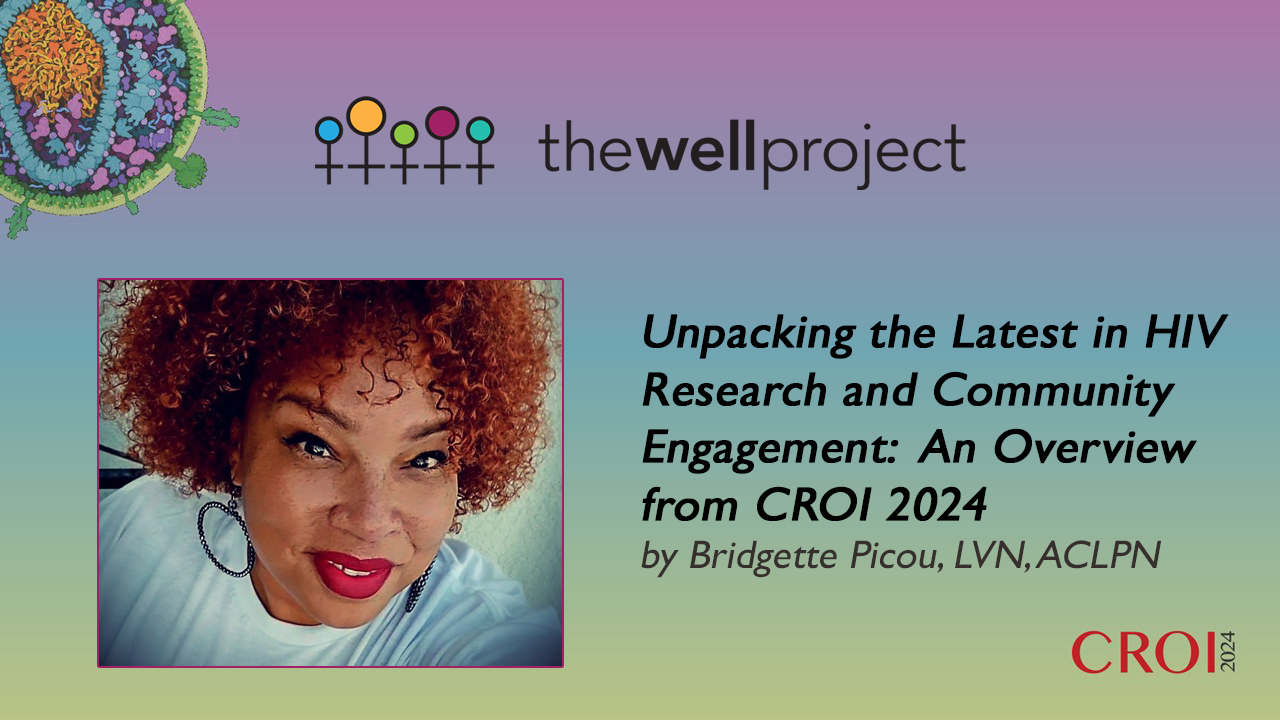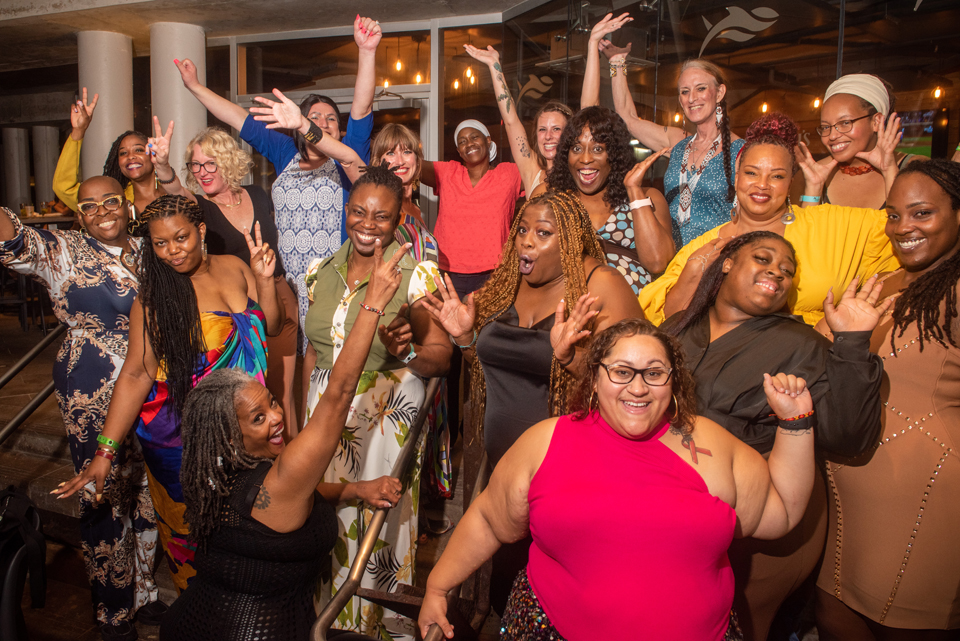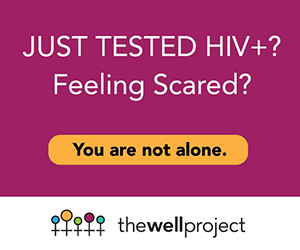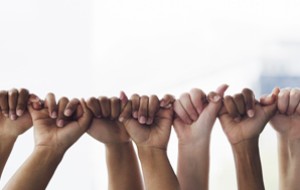
By Bridgette Picou, LVN, ACLPN
There are always fascinating things to learn – and areas of improvement to identify – at the world's premier HIV research meeting. The 31st Conference on Retroviruses and Opportunistic Infections (CROI 2024) took place in March 2024 as a hybrid conference in Denver, Colorado, and online. Members of The Well Project's team were on hand, in person and virtually, to document findings and other happenings at this unique gathering.
If you were to read the description on the Conference on Retroviruses and Opportunistic Infections (CROI)'s website, you would see in part the descriptor "basic science." However, I find the conference to be anything but basic, and I think most people would agree with me.
CROI is a coming-together of clinical researchers, healthcare providers, epidemiologists, those who work on the "fringes" of HIV investigating its effects on daily life beyond "only" the acquisition of HIV, through lenses like public health and community impacts. For example, there were posters this year that examined cost effectiveness in medication distribution; some examined HIV and homelessness; yet another explored whether it could be an effective strategy to distribute prescriptions for PrEP (pre-exposure prophylaxis, or treatment taken daily to prevent HIV) in hair salons in South Africa, where women bear an enormous burden of HIV acquisition.
There are so many ways to approach HIV cure research, all of them necessary to explore.
None of these examples are exhaustive; there were nearly 900 posters, 54 themed discussions, 29 symposium topics, and 12 workshops presented at CROI this year, many grouped together by theme for presentation. That gives you an idea of just how much information is covered in three days, and I haven't even named it all. This encompasses HIV, SARS-CoV-2 (the virus that causes COVID-19), hepatitis viruses, mpox, and other viral infections and their related conditions. Similar to many, the conference program is made up of plenary sessions, oral presentations, posters, and workshops.
For scientists and up-and-coming researchers, CROI is a competitive space. The process of having an abstract or poster accepted is quite strenuous. I have mixed feelings about that competitiveness. I think in many ways it encourages science to do its very best, but I also have strong feelings that sometimes competition can leave out the very important aspect of humanity. It can encourage getting to the goal of the finish line, without remembering the steps – the steps in this case being the treatment, care, and lives of people living with HIV.
The inclusion of community at CROI – moreover, the meaningful inclusion of community at CROI – remains a challenge. I won't linger on this point, but there was definite harm done to the community when a large number of researchers, clinicians, and other attendees left early from a presentation by HIV activist Frank Mugisha. The talk he gave is the annual Martin Delaney Presentation. This is specifically a talk intended to integrate community at the intersection of people living with the virus and the science of the virus. During this talk, Mugisha spoke passionately about homophobia and laws that criminalize LGBTQ+ people in his home country, Uganda, and around the world – including the United States.
To say there was harm done is not too strong a word. It is harmful to the community folks who are present at these conferences to feel like we are only valuable in the context of our bodies, our cells, and the virus that lives within us. That is the message sent when science community members walk out on presentations given by members of communities most affected by HIV, and/or don't involve themselves in community activities at conferences. It feels, to me, like there is this weird separation between the two, when the fact is we need each other in so many ways.
The inclusion of community at CROI – moreover, the meaningful inclusion of community at CROI – remains a challenge.
That notwithstanding, there are always things to learn at CROI. The community advocate role is one I enjoy. It's important that those living with HIV are at least aware of what is coming down the pipeline in terms of HIV prevention and treatment, as well as any new innovations in the cure space. As an attendee, I sit in various sessions, listen, scribble notes, and learn what I can.
Every now and then there is a session at a conference that really grabs me – either as a result of the information being given, the speaker and their mannerisms, or a combination of both. This year it was a plenary presentation by Nelly Mugo, MBChB, MMed, MPH, a senior principal clinical research scientist at the Kenya Medical Research Institute in Nairobi. Her presentation was informative, down to earth, and lovely to listen to.
Read more of Bridgette's perspective on Professor Mugo's presentation
While I enjoyed this talk, as with many things related to HIV, equitability between women and men continues to be unbalanced. One of my frustrations each year at this conference is the innovations and research in care for men versus for women often are not in alignment. I will say, this year seemed a bit better with sessions dedicated to research in women – but again, there is much work to be done. Topics about women this year included cardiovascular health, PrEP usage and uptake, menopause, and the use of integrase inhibitors (an HIV medication class) in pregnancy as well as how they relate to weight gain in women.
On other fronts, science continues to search for a vaccine. Vaccine research is a hot topic, and important for many reasons – one of which is that, in the absence of cure, a vaccine is one of the most scalable and equitable ways to stem the tide of HIV. Preventing new HIV acquisitions in this way could be an important tool alongside traditional treatment and prevention. Broadly neutralizing antibodies (bNAbs) seem to be the promising intervention for both a vaccine and for cure. The virus is complex and has a distinct life cycle, which both cure and treatment research look for ways to interrupt.
HIV cure is a sector of science that had a lot of attention at CROI. There are so many ways to approach HIV cure research, all of them necessary to explore. As the science develops, it is becoming more and more clear that it is unlikely that there will be only one single strategy that works. We may be looking at a combination of two or three at once.
It's important that those living with HIV are at least aware of what is coming down the pipeline in terms of HIV prevention and treatment, as well as any new innovations in the cure space.
HIV prevention and treatment efforts are trying to reduce the number of pills or injections a person needs to take to manage their HIV or to stay free of the virus. Long-acting PrEP, the injectable PrEP option with doses currently given once every two months, may be getting a newer, longer formulation that could extend the time between injections to every four or even every six months. There are also studies looking at a once-a-month oral treatment option, which may be another game changer in the way people take their medications. DoxyPEP, a fairly new concept, looks to prevent other STIs (sexually transmitted infections), specifically syphilis, gonorrhea, and chlamydia. It works by taking low-dose doxycycline within 24 to 72 hours after having sex, in order to reduce STI acquisitions. While it has definitely shown promise for men, particularly gay/bisexual/same-gender-loving men, there is still work that needs to be done to explore efficacy in women – and how to improve that efficacy for equitability.
CROI remains relevant for science, research, and medicine; relevant to the ways in which we manage life with HIV; and, with some tweaks and intentionality, could be relevant to more community members living with HIV – who should be there, and whose attendance should matter.
More from The Well Project on the 31st Conference on Retroviruses and Opportunistic Infections (CROI 2024)
- Understanding Breast Milk Through an HIV Lens: A Recap from CROI 2024 by Olivia G. Ford
- We Could Stop a Cancer-Causing Virus in Women – But Will We? A Recap from CROI 2024 by Bridgette Picou, LVN, ACLPN
- Key Community Takeaways From CROI 2024 (HIV.gov)




